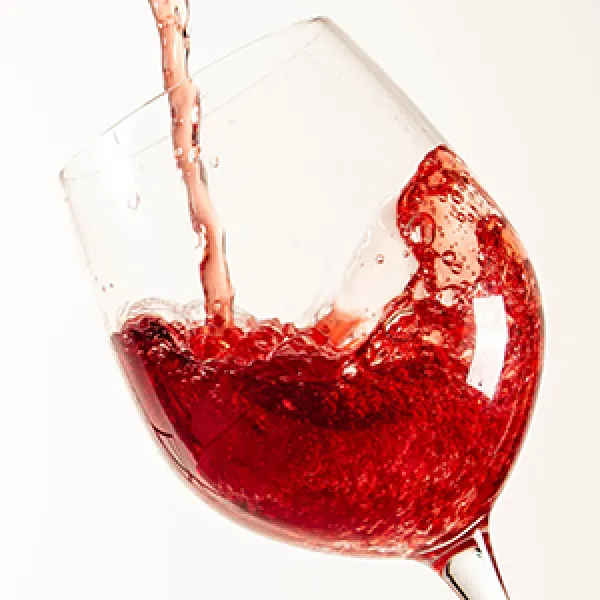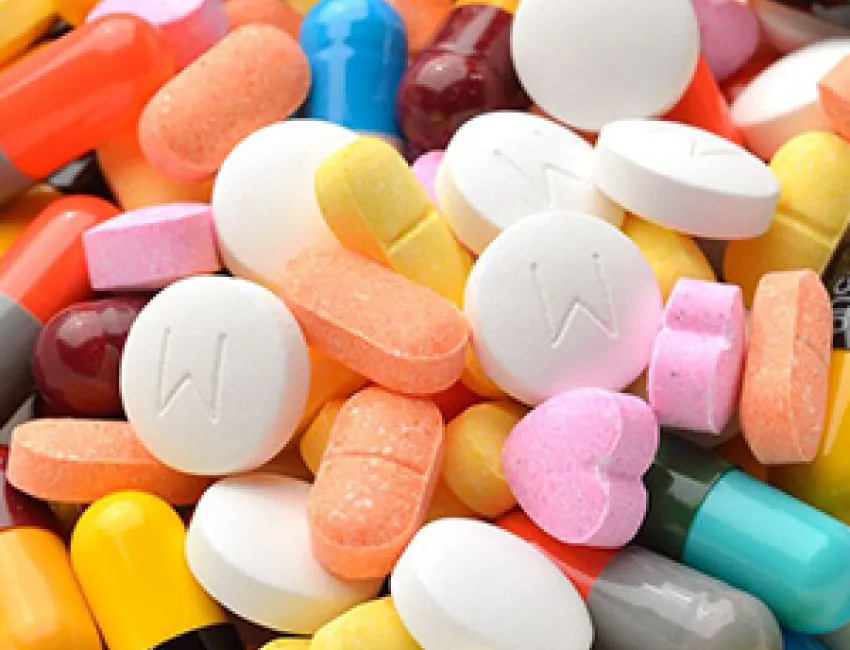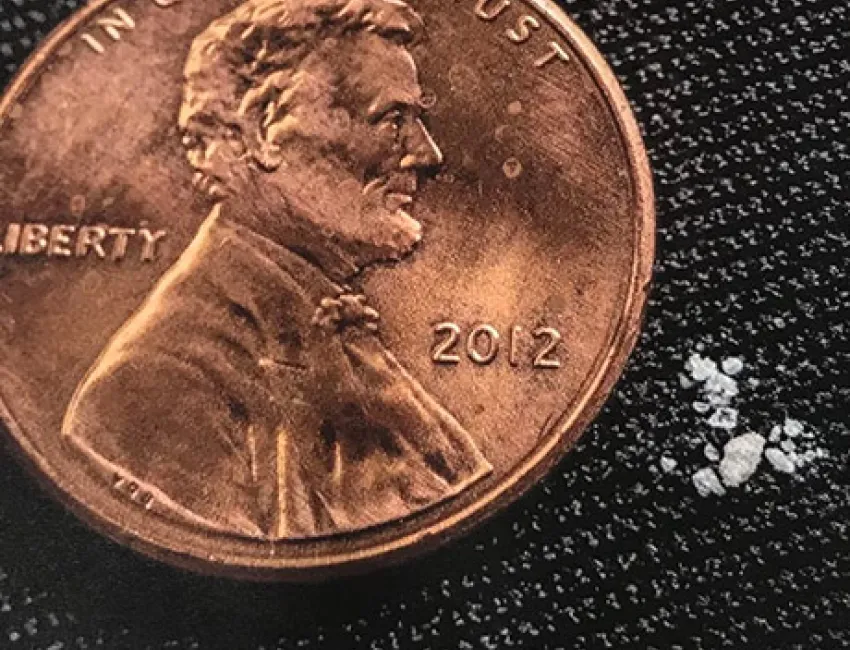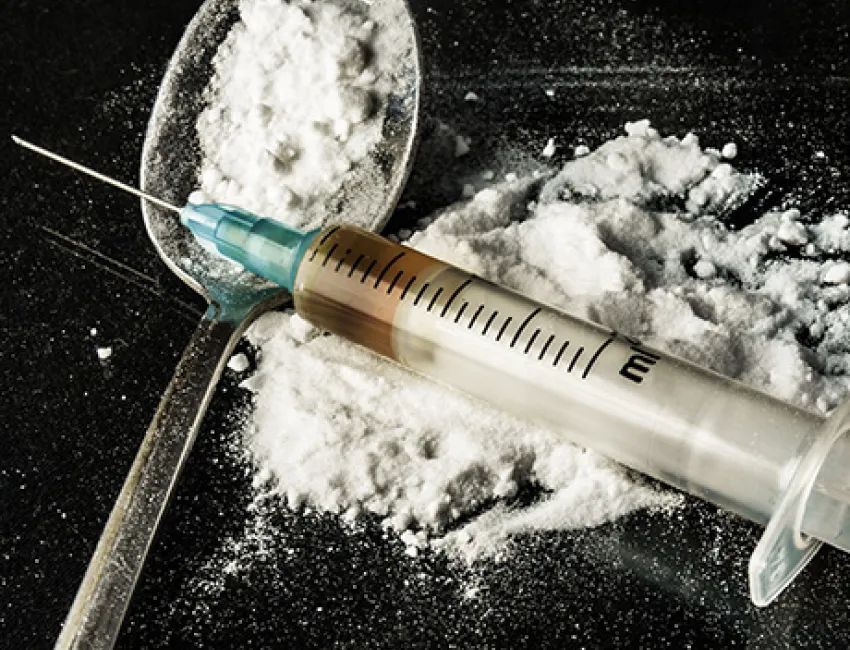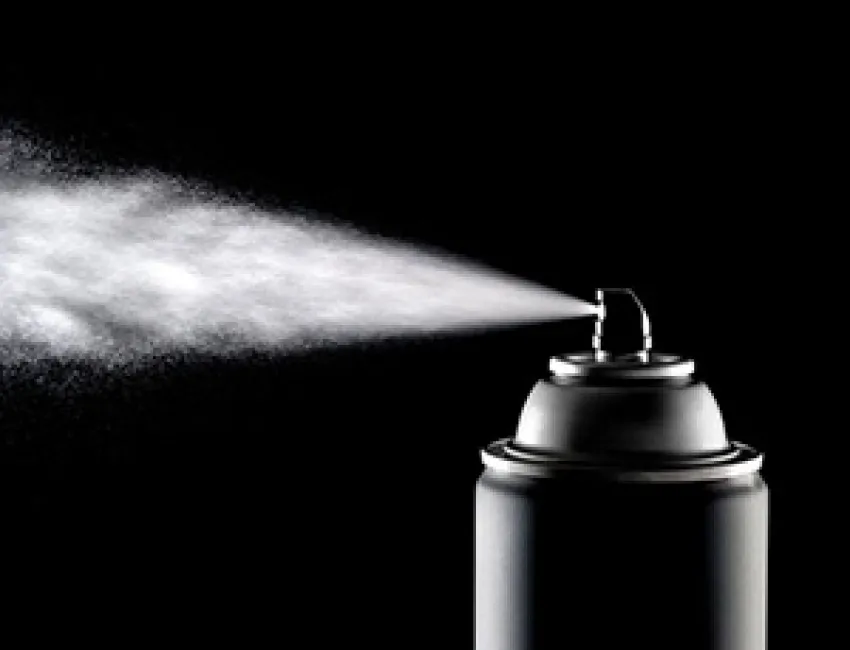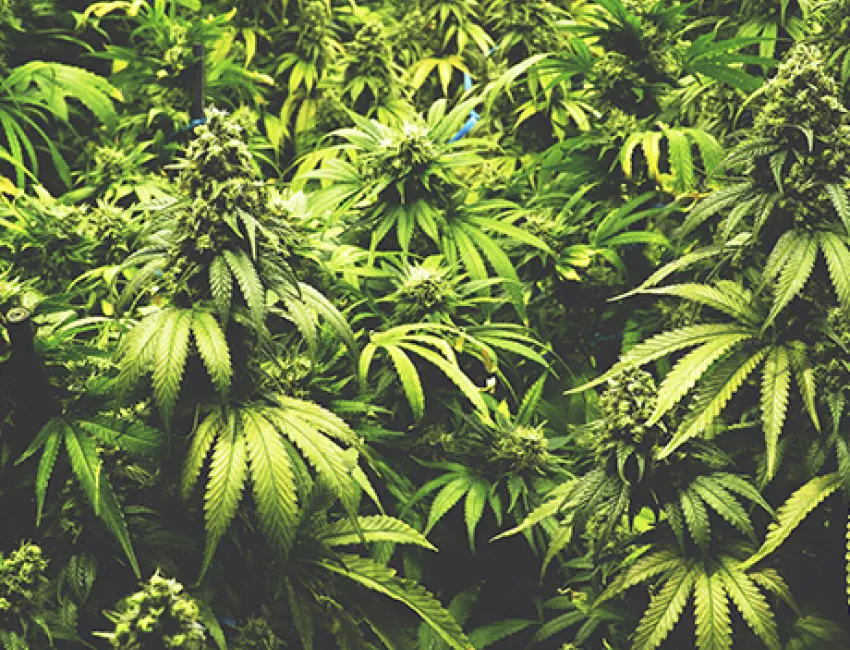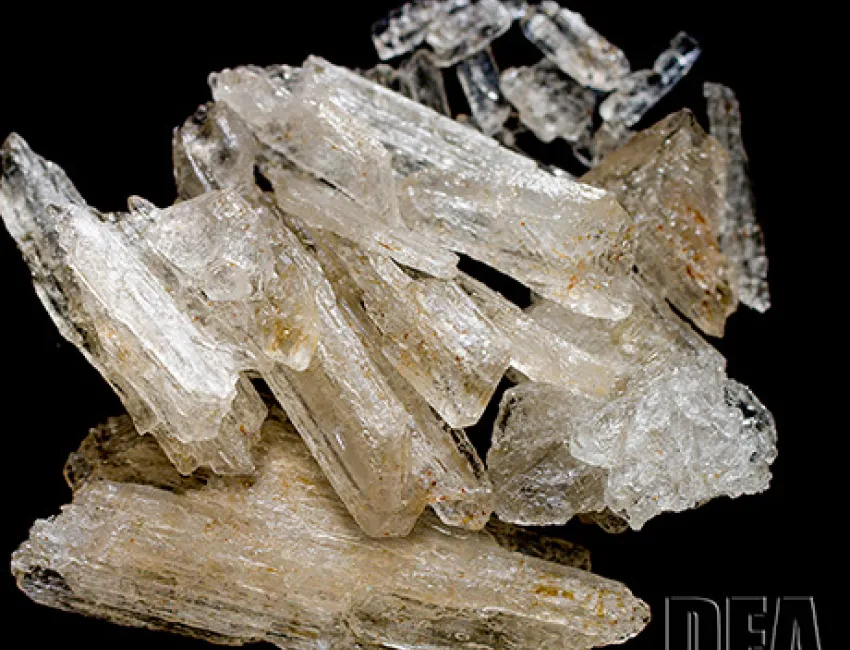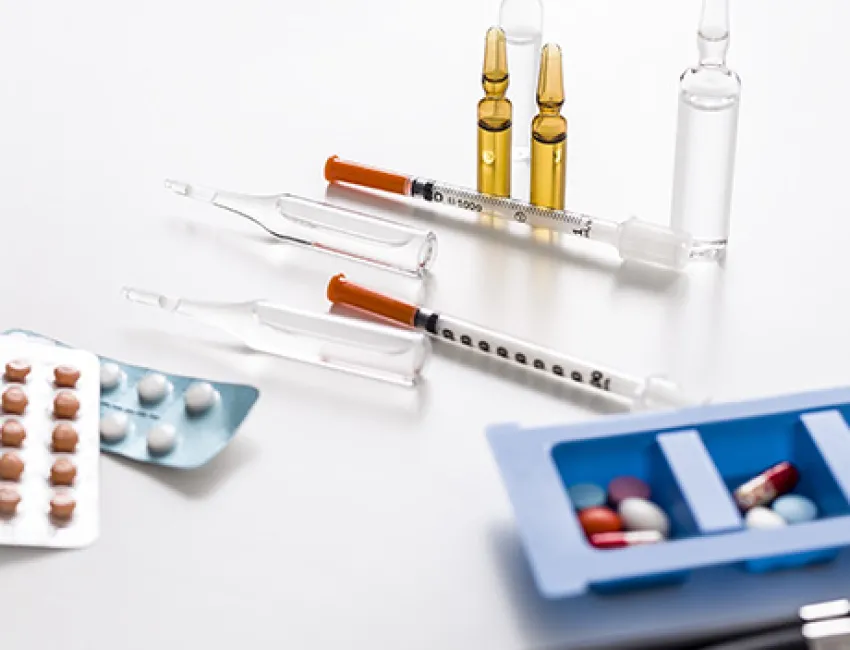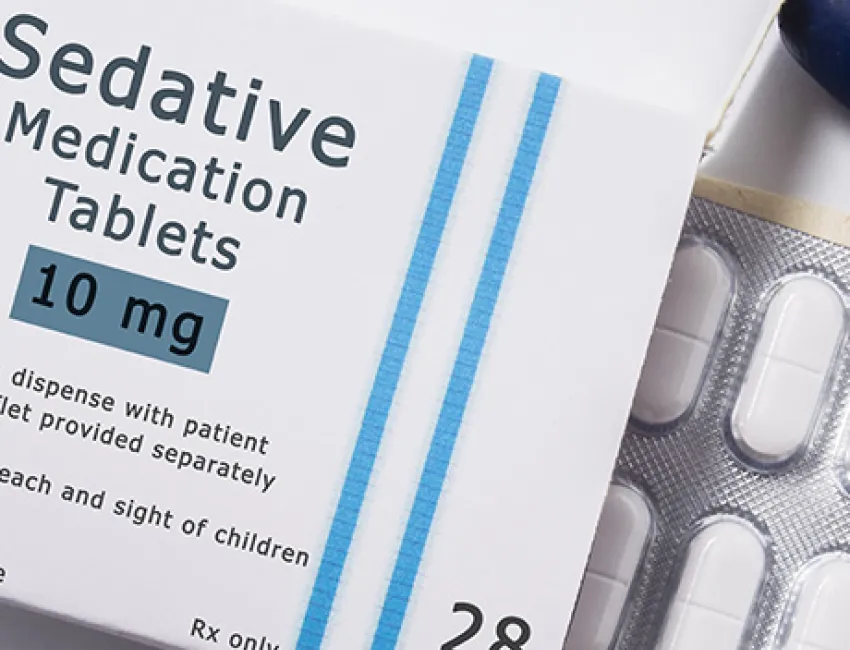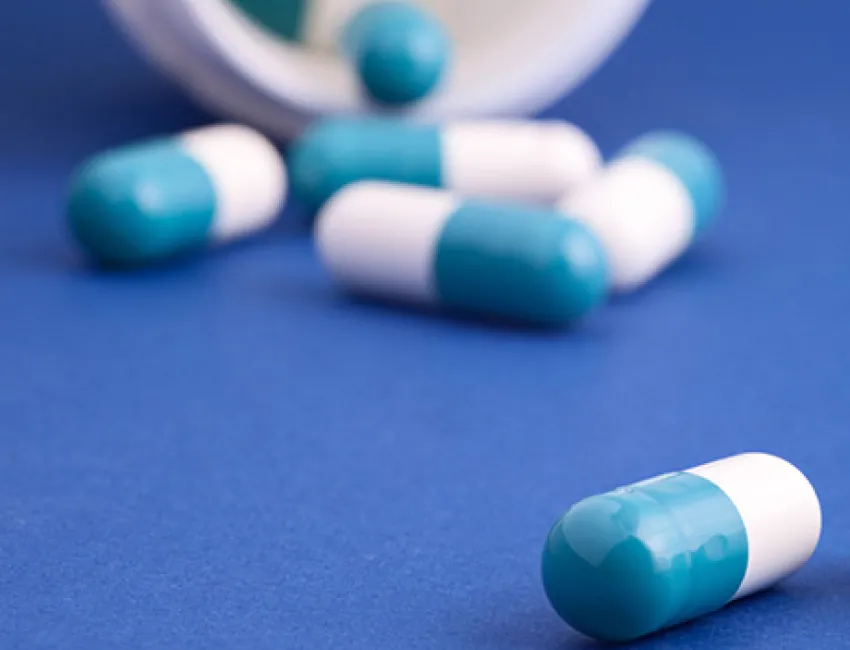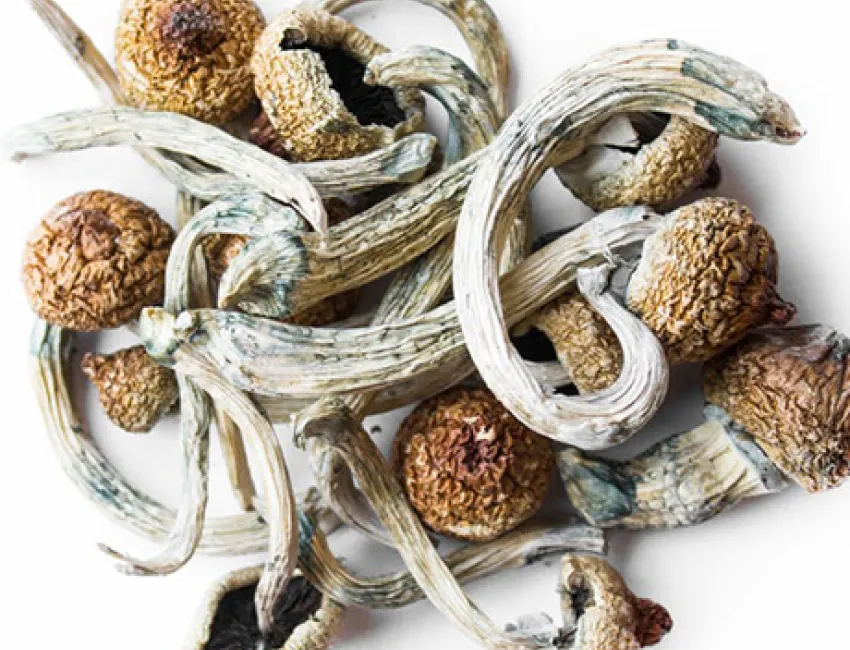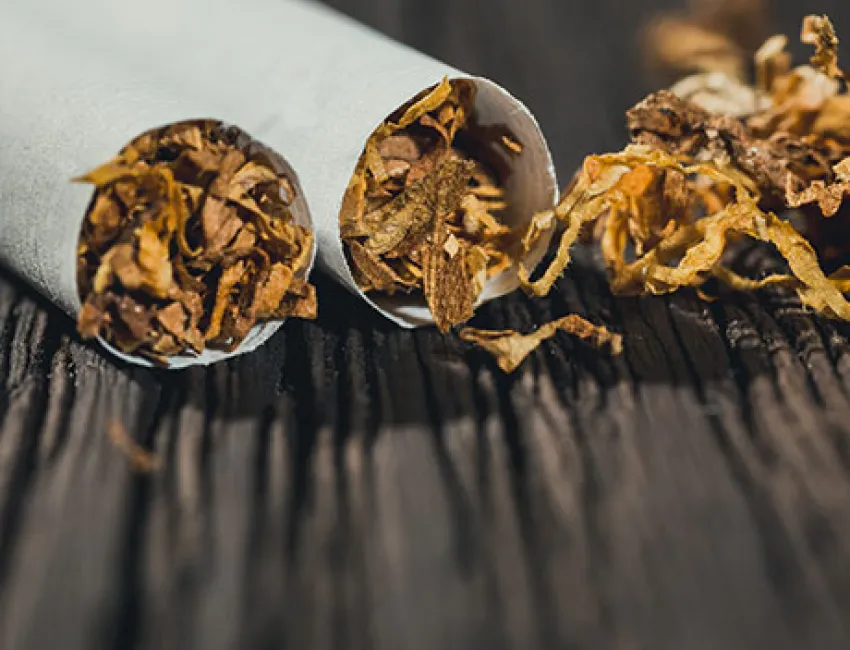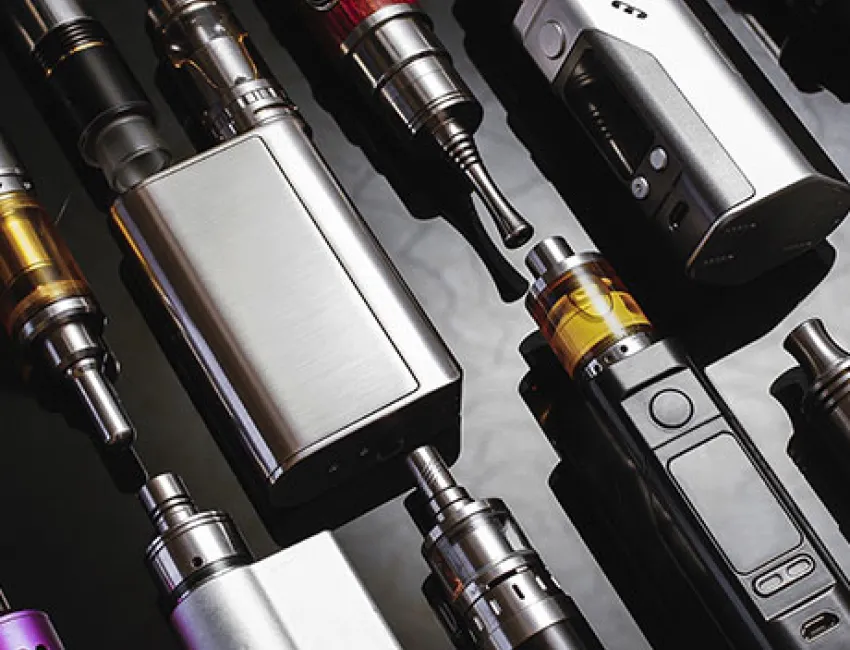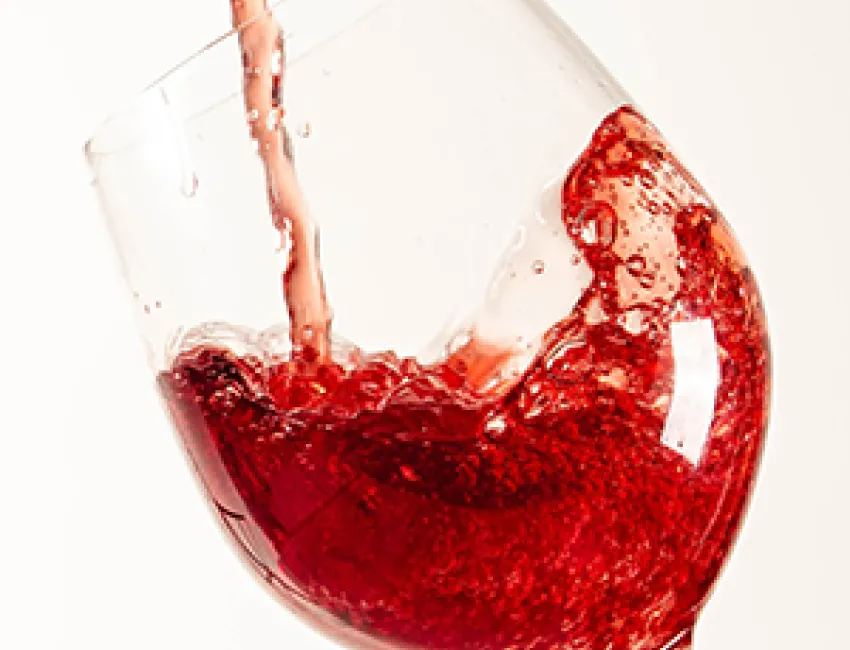
What exactly is alcohol, and why has it become such a big topic? Understanding the facts helps you cut through all the noise and mixed messages.
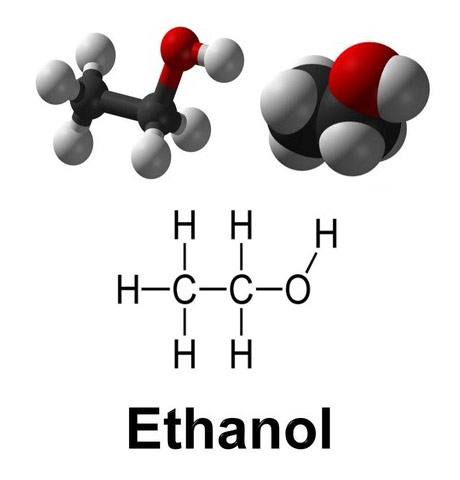
Ethyl alcohol, or ethanol, is an intoxicating ingredient found in beer, wine, and liquor. Alcohol is produced by the fermentation of yeast, sugars, and starches.3 Alcohol is a depressant, meaning it slows down a person’s central nervous system.
How is it consumed?
- Swallowed (as a liquid or solid)
- Absorbed (with increased risks)5
Common/Street Names
- Booze
- hooch
- firewater
- liquid courage
- giggle juice
- sauce
- cold one
The earliest evidence of man-made alcohol was discovered at a burial site in Israel dating back 13,000 years.6
According to the 2019 NSDUH, 39.7 percent of 12- to 20-year-olds reported that they have had at least 1 drink in their lives. About 7.0 million people ages 12 to 20 (18.5 percent of this age group) reported drinking alcohol in the past month (17.2 percent of males and 19.9 percent of females).
Alcohol Effects
Liquid
Beer, wine, hard liquor
Initial effects: a person may feel relaxed, uninhibited or giddy (silly)
Blood Alcohol Concentration (BAC) is a measure of how much alcohol is in a person’s blood. For example, a BAC of .15 indicates that a person has 15% of their blood supply containing alcohol. For most individuals, BAC will increase by 0.06-0.07 with every drink consumed. This varies due to a variety of factors including: body size, whether a person has eaten, how quickly the drinks are consumed, etc.
- BAC <0.06 - Slight changes in mood may occur. Some people experience relaxation and drowsiness, and coordination and reflexes start to decline.
- BAC 0.07-0.09 (1 drink) - relaxation, euphoria, inhibitions are lowered
- BAC 0.09-0.15 (2 drinks) - slurred speech, euphoria, very slow reaction times and poor coordination, some people begin feeling sick
- BAC 0.16-0.30 (3-4 drinks) - blackout level; severe impairment, poor judgment and decision-making, memory loss, vomiting
- BAC >0.31 (5 or more drinks) - alcohol poisoning is likely; loss of consciousness, low body temperature, clammy skin, slow heart rate4
Alcohol + The Body
Alcohol affects your body quickly. It is absorbed through the lining of your stomach into your bloodstream. Once there, it spreads into tissues throughout your body. Alcohol reaches your brain in only five minutes and starts to affect you within 10 minutes.
After 20 minutes, your liver starts processing alcohol. On average, the liver can metabolize 1 ounce of alcohol every hour.
- Lowered inhibitions, leading to poor social judgment
- Trouble concentrating
- Loss of coordination
- Loss of critical judgements
- Dulled perception, especially vision
- Mood swings
- Reduced core body temperature
- Raised blood pressure
- Passing out
- Vomiting
- Diminished gray matter and white matter in the brain
- Memory loss
- Loss of attention span
- Trouble learning
- Alcoholic hepatitis
- Liver fibrosis
- Steatosis (i.e., fatty liver disease)
- Throat, mouth, larynx, breast, liver, colorectal, or esophageal cancer.
- High blood pressure
- Cardiomyopathy
- Stroke
- Irregular heart beat
23.6% of CO high school youth and 3.9% of CO middle school youth surveyed reported having at least one drink of alcohol on one or more of the past 30 days.2
Alcohol + The Brain
Alcohol primarily interferes with the brain's communication pathways. It can also affect how your brain processes information. Initially, after a single drink, most people experience what’s known as “subliminal intoxication” in which judgment and reasoning are altered. Shortly after this, your brain begins to release more dopamine, a neurochemical linked with pleasure. During this time, you’ll feel more relaxed and confident. As one continues to drink, alcohol eventually affects the occipital lobe, temporal lobe and frontal lobe in your brain. This contributes to blurred vision, slurred speech and decreased impulse control. By the time you start to feel disoriented and dizzy, your cerebellum has been impacted. At this point, memory loss to some degree may occur due to the impact on the brain’s hippocampus, as well.
The law takes underage drinking seriously, and if you are caught violating any underage drinking laws, you may face the following consequences:
- Driver’s license suspension
- Possible jail time
- Fines
- Community service
- Mandatory alcohol awareness classes
1 SAMHSA, Center for Behavioral Health Statistics and Quality. 2019 National Survey on Drug Use and Health. Table 2.32A – Alcohol Use in Lifetime, Past Year, and Past Month and Binge and Heavy Alcohol Use in Past Month among Persons Aged 12 to 20, by Demographic Characteristics: Numbers in Thousands, 2018 and 2019.
2 SAMHSA, Center for Behavioral Health Statistics and Quality. 2019 National Survey on Drug Use and Health. Table 2.32B – Alcohol Use in Lifetime, Past Year, and Past Month and Binge and Heavy Alcohol Use in Past Month among Persons Aged 12 to 20, by Demographic Characteristics: Percentages, 2018 and 2019.
3 Centers for Disease Control and Prevention (CDC)
4 https://www.medicalnewstoday.com/articles/326345
5 https://www.alcohol.org/alcoholism/getting-drunk-without-drinking/
6 https://www.history.com/articles/alcohol-earliest-evidence
